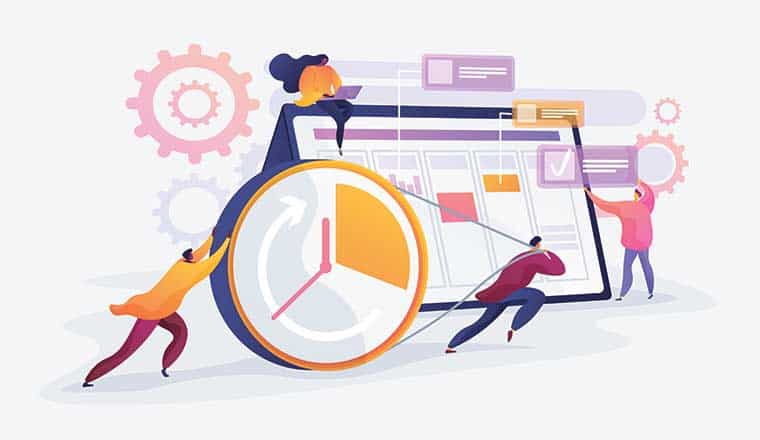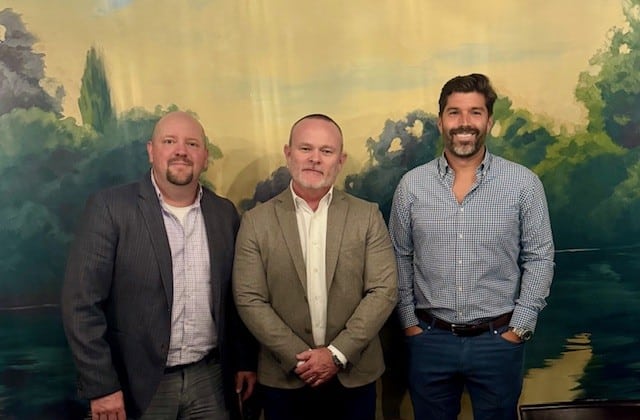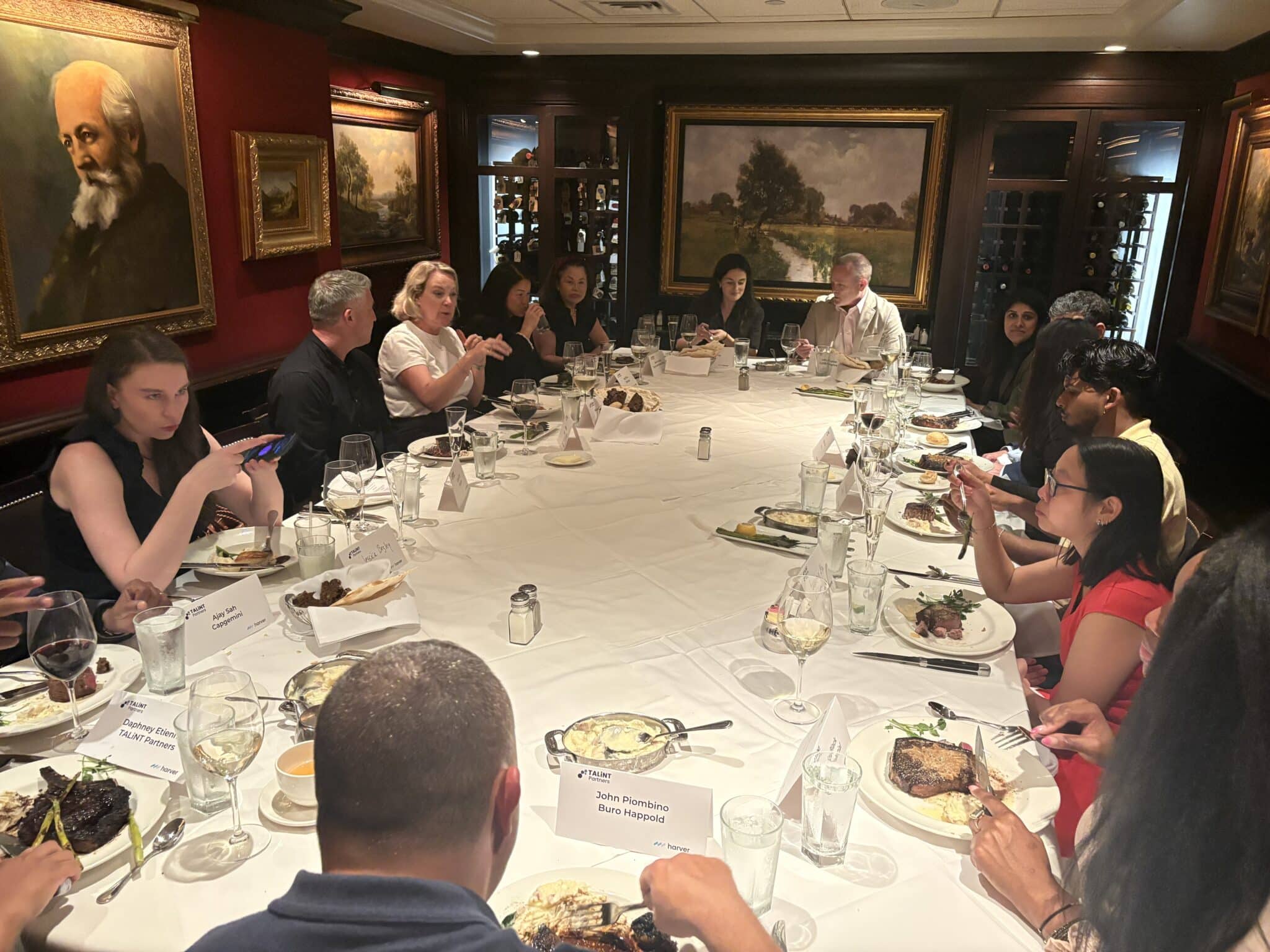The APAC region is experiencing rapid economic growth, leading to significant workforce expansion across several industries. For HR leaders, managing this growth sustainably and effectively will be critical for maintaining organisational stability and success. We explored how businesses can handle rapid workforce expansion and scale HR processes to support long-term growth.
Understanding the impact of rapid economic growth in the APAC region
This region has seen remarkable economic development in a short space of time, driven by factors such as technological advancements, increased foreign investment, and a growing middle class. This economic boom has led to a surge in demand for highly skilled labour, prompting organisations to expand their workforce quickly. However, rapid growth has led to a strain on existing HR processes and systems, which has welcomed inefficiencies and potential compliance issues.
Strategic workforce planning
Effective workforce planning is essential to manage rapid expansion. HR leaders need to anticipate future workforce needs and develop strategies in order to meet these demands. This requires analysing market trends, business goals, and APAC-specific economic indicators to forecast future workforce needs.
Identifying role needs helps organisations create a robust talent acquisition strategy using multiple channels. This could look like utilising job boards, social media, and employee referrals. Building a strong employer brand can also help businesses attract top talent in an increasingly competitive market. Additionally, identifying key roles within the organisation and developing succession plans ensures continuity and sustainability by training and mentoring potential leaders to step into critical positions as the organisation grows.
Scaling HR processes and systems
As the workforce expands, HR processes and systems must be scaled to handle increased volume and complexity. Investing in HR technology solutions such as Human Resource Information Systems (HRIS), Applicant Tracking Systems (ATS), and Learning Management Systems (LMS) can help automate more monotonous and routine tasks, streamline processes, as well as provide valuable insights through data analytics.
Standardising HR processes ensures consistency and efficiency, including developing clear policies and procedures for recruitment, onboarding, performance management, and employee relations. Effective communication during rapid growth requires platforms that enable collaboration and information sharing across the organisation. Providing regular updates and staying transparent in communication can help manage employee expectations and reduce uncertainty. Outsourcing non-core HR functions like payroll, benefits administration, and recruitment to specialized providers can free up resources. This allows HR teams to concentrate on strategic initiatives and core activities.
Fostering a sustainable workforce
Sustainability is key to managing workforce expansion effectively. Creating a work environment that supports employee well-being, development, and retention is essential for success. Prioritising employee well-being with wellness programs, flexible arrangements, and mental health support fosters a healthy, engaged workforce. This approach leads to increased productivity and resilience.
Investing in continuous learning and development programs helps upskill employees and prepares them for future roles. Offering training, mentorship, and career development opportunities keeps the workforce engaged and motivated. Promoting diversity and inclusion within the organisation also brings different perspectives and ideas, driving innovation and better decision-making. Implementing policies and practices that support an inclusive work environment will be vital in preparing for the future. Ultimately, fostering a culture of engagement by recognising and rewarding employee contributions, encouraging feedback, and providing opportunities for growth ensures that engaged employees are more likely to stay with the organisation and contribute to its success for years to come.
Future outlook
Managing rapid workforce expansion in the APAC region requires strategic planning, robust systems, and a focus on sustainability. Businesses that look ahead, forecasting demand and implementing adequate and adaptable HR technology, standardising processes, and fostering a sustainable workforce will be able to navigate these challenges of rapid growth effectively. As the APAC region continues to evolve and thrive, the ability to scale your HR processes and systems sustainably, will be crucial in setting your organisation apart.





